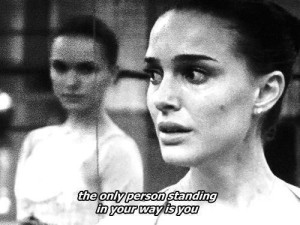Dance is the only art form that speaks of prayer and blasphemy in the same language.
Before time started ticking in atomic clocks and ancient animal debris fueled our hunger for travel and luxury, humans lifted their hands to the skies in ancient dance, a song to the gods, asking for good fortune, rain, a good harvest, a healthy child. Dance was the song, the medium of the prayer. It was the language of community, a public supplication to the god that breathed wind and rain and roamed the sky.
But time has changed and we have changed, as an organism, a culture, a mind. Nature has turned into steel and concrete canyons, thousands of reflecting eyes in which we see our fragmentation. The world has shrunk, but we’ve drifted apart, faster than the continents. We see each other not in the flesh, but in thousands of bits traveling through space in arteries of light. I am no longer eyes, body and touch, but an endless stream of updates, texts and instgrammed moments. I don’t know the side effects of this particular addiction yet. In time, we shall all know.
Somewhere along this endless stream chronicled as history, came along the French and the king in his mirrored hall, and harnessed dance, caught it, placed it in a cage with rules and obligations.
The caged bird sings
with a fearful trill
of things unknown
but longed for still
and his tune is heard
on the distant hill
for the caged bird
sings of freedom.
writes Maya Angelou. She is not writing about dance, but the mind supplies the narrative even when it is uncalled for. I think of ballet as the caged bird, an ancient artform reborn with rules.
Somewhere along the road we began to think in dichotomies, in borders drawn on water: night and day, black and white, woman and man. Shimmering borders that seem absolute. Thus came also the arts of the mind: painting, literature, music and poetry and the art of the body: dance.
I was recently at a ballet recital. It was one of the “nude” ballets, that modern choreographers are fond of putting together and presenting to eager audiences. A man and a woman, in minimalist leotards, on a stage together. Bodies entwining. I am intrigued and ashamed. I feel that intimacy is violated in the dusky lights of the stage even though this is a performance. At the end I clap, with everyone else. The loud noise shatters the moment I want to savor, the moment when the danseur gently touched the hand of the ballerina, brushed her body. There is something that appeals to the very ancient part of my brain in that touch, in the close contact of hands and torso.
After the performance, I discuss something mundanely existential with a platonic friend. We dip into the dance performance of the evening. “That touch was…” I leave the sentence hanging between us. “ Carnal”, he says. The trill of the r hangs like an unpleasant expletive. As an afterthought, he hovers the bottle over my glass. “More?” “Sure”. Chiraz, when poured slowly, has an oddly seductive quality, the bruised grape blood flickering in the dim room. Carnal. Dance for years was among the persecuted art forms, forbidden, because it inspired lust and carnality. A blasphemy.
Somewhere, far below in the glass canyon between the two buildings, an ambulance wails. Someone is bleeding on a gurney beneath fluorescent lights. The body is so frail in these moments, when it hovers on the brink of death or on the brink of touch.
